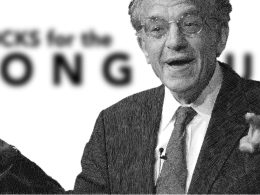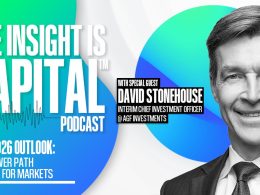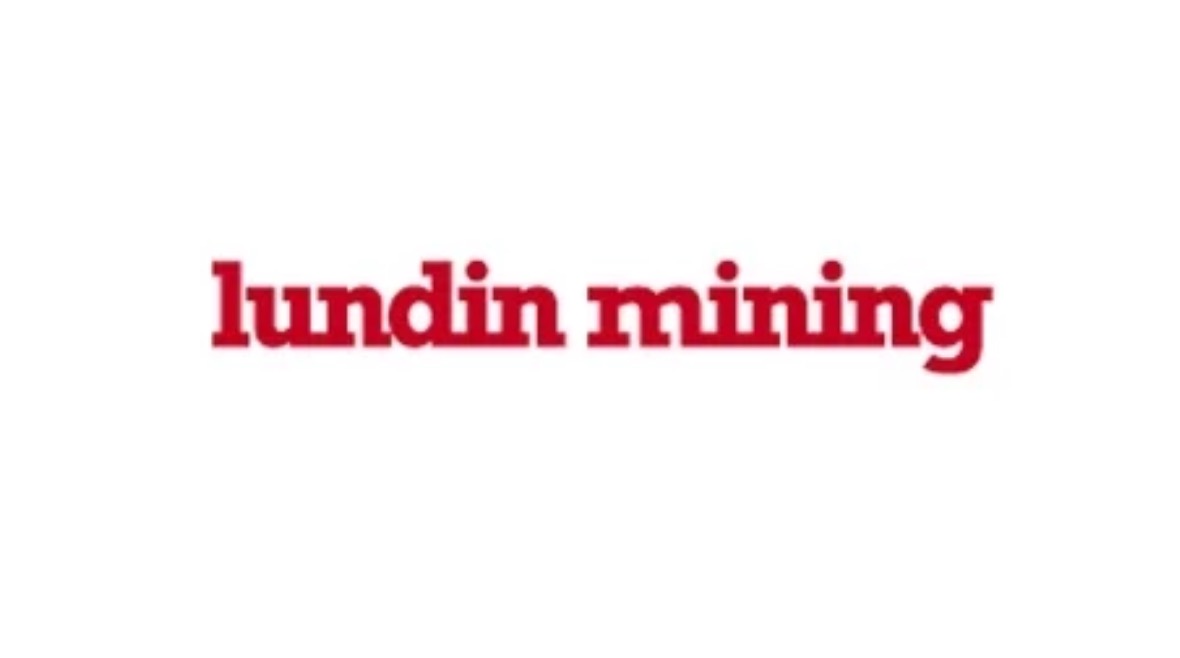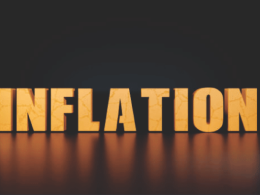by Lawrence Gillum, CFA, and Jeffrey Roach, PhD, LPL Financial
Jackson Hole Economic Symposium
The Kansas City Fed’s annual symposium, from August 21-23 with the theme “Labor Markets in Transition: Demographics, Productivity, and Macroeconomic Policy,” has long served as the world’s most exclusive economic gathering. What began in the early 1980s as a way to entice Fed Chair Paul Volcker through excellent fly-fishing opportunities has evolved into the premier venue for monetary policy announcements. The symposium’s 100-120 attendees have witnessed landmark moments, including Ben Bernanke’s 2010 signal for a second round of quantitative easing, Mario Draghi’s 2014 groundwork for European stimulus, and Jerome Powell’s 2020 introduction of average inflation targeting. This year’s gathering carried particular weight as Powell delivered what was likely his final Jackson Hole address as Fed chair, with markets placing roughly an 85% probability on a September rate cut before his comments but priced in a near certainty of a cut after his remarks were made public.
Highlights from Jerome Powell’s Jackson Hole Speech:
- Softer employment data has likely pushed the Fed toward rate cuts at their September 17 meeting. A well-telegraphed statement removes some of the uncertainty plaguing investors.
- Yields plummeted and equities rallied from the increased clarity about future rate decisions.
- Since last year’s Jackson Hole event, the upside risks to inflation have diminished and the unemployment rate has increased by almost a full percentage point (3.4% to 4.2%), a development that historically has not occurred outside of recessions. We think recession risks are low despite concerns that Q3 GDP growth will flatline.
- Tariff effects will be short-lived but not necessarily felt all at the same time. “It will continue to take time for tariff increases to work their way through supply chains and distribution networks.” We expect inflation metrics to accelerate over the next several months.
- Although not as exciting, Chair Powell discussed in his speech the four main revisions to the policy framework, a review the Fed does roughly every 5 years. Demographics, fiscal policy, and other factors suggest that the long-term neutral fed funds rate is likely higher than during the 2010s.
Bottom Line: The macro-outlook should convince the Fed to cut rates at the September 17 meeting. The hint of upcoming rate cuts will tamp down yields and bolster markets in the near term. But looking out on the horizon, structural shifts in the economy have created uncertainty about the long-run fed funds rate. Suffice it to say, the neutral rate will be higher than during the 2010s.
Monetary Mayhem at the Federal Reserve

It’s Not Just About Rate Cuts
One of the biggest positive surprises this earnings season has been the near-30% earnings growth from the Magnificent (Mag) Seven, while these so-called hyperscalers as a group increased their capital expenditures (capex) guidance for this year and next. Mag Seven capex is expected to increase by more than 40% in 2025 to over $380 billion and is expected to reach $460 billion in 2026. These huge investments support earnings because they are revenue for someone, and they help drive productivity gains and boost profit margins — not just for technology companies but for all of corporate America.
As shown in the “Magnificent Seven Still a Dominant Earnings Force” chart, this group continues to dominate the earnings growth of the rest of the companies in the index. This trend will likely continue through year-end before narrowing next year as the S&P 493 (the S&P 500 companies excluding the Mag Seven) plays some catch-up. This earnings growth gap is still huge right now, which underpins LPL Research’s continued preference for large growth equities over their large-value counterparts.
The Fed's Balance Sheet Will Remain Above Pre-COVID-19 Levels

The Broader Fixed Income Perspective
Historical patterns suggest that Jackson Hole speeches often create ripple effects through fixed income markets, with 2-year Treasury yields serving as the most sensitive barometer of Fed policy expectations. While markets have rallied in anticipation of dovish signals from Powell, the post-Jackson Hole period frequently delivers surprises that reverse initial reactions. Most notably, following Powell’s hawkish 2022 Jackson Hole address warning that fighting inflation would bring “some pain,” 2-year Treasury yields surged more than 100 basis points over the subsequent month as markets recalibrated expectations for the Fed’s commitment to restrictive policy. Although at last year’s symposium, Powell set the stage for an imminent 0.50% cut and two-year yields fell meaningfully. With markets already pricing in two full cuts in 2025, yield declines will likely be limited over the next month, absent further labor market weakening.
Two-Year Treasury Yields Tend to Drift Higher After the Jackson Hole Symposium

Disclosures: Past performance is no guarantee of future results.
This year’s setup was particularly interesting given the growing concerns over potentially sticky inflation but also slowing economic growth — stagflation-lite in economic terms. We think economic growth (per Gross Domestic Product) could come in at only 0.3% for the third quarter, but with inflation (per the Consumer Price Index) hovering around 3% year-over-year. With Powell seemingly confirming September rate cuts while signaling a still measured approach to easing, risk markets rallied with equity and credit markets higher on the day. With credit spreads, particularly investment-grade corporates trading at levels last seen in 1998, we don’t like the risk/reward of corporate credit beta currently.
With the ongoing discussions about leadership changes at the Fed, fixed income markets will likely be watching to see the final makeup of the board. With potentially three openings (assuming Powell resigns at the end of his chairmanship term as is standard), the seven-person Fed Governor Committee would likely be positioned to cut rates aggressively. A big risk to fixed income markets, though, is a Committee that cuts interest rates for seemingly political reasons and not economic ones. In that scenario, it’s highly likely that intermediate to longer maturity Treasury yields would move higher (not lower) on the back of increased inflation concerns. With that risk still elevated, we remain neutral duration (interest rate sensitivity) relative to benchmarks and expect the 10-year yield to generally trade between 4.0% and 4.5% throughout the year.
Nonetheless, the convergence of monetary policy uncertainty, political pressure on Fed independence, and ongoing balance sheet normalization suggests that volatility across fixed income markets may persist well beyond last weekend’s symposium.
Asset Allocation Insights
LPL’s Strategic and Tactical Asset Allocation Committee (STAAC) maintains its tactical neutral stance on equities. Investors may be well served by bracing for occasional bouts of volatility given how much optimism is reflected in stock valuations, lingering tariff and inflation risks, and historical seasonal weakness. LPL Research advises against increasing portfolio risk beyond benchmark targets currently and continues to monitor trade negotiations, economic data, earnings, the bond market, and various technical indicators to identify a potentially more attractive entry point to potentially add equities on weakness.
The STAAC’s regional preferences across the U.S, developed international, and emerging markets (EM) are aligned with benchmarks. The Committee still favors growth over value, large caps over small caps, and the communication services and financials sectors.
Within fixed income, the STAAC holds a neutral weight in core bonds, with a slight preference for mortgage-backed securities (MBS) over investment-grade corporates. The Committee believes the risk-reward for core bond sectors (U.S. Treasury, agency MBS, investment-grade corporates) is more attractive than plus sectors. The Committee does not believe adding duration (interest rate sensitivity) at current levels is attractive and remains neutral relative to benchmarks.
Copyright © LPL Financial















